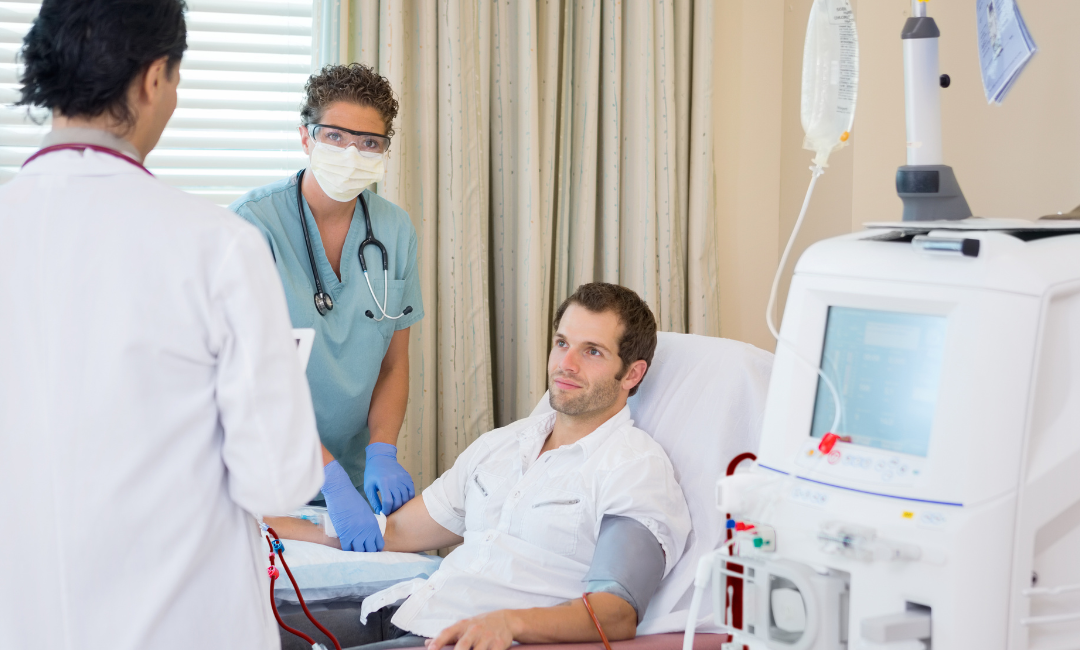Diagnosis, Treatment, and Outlook
Diagnosis
In order for Parkinson’s disease to be diagnosed, a thorough examination by a healthcare provider is necessary. The provider will ask questions, assess the presenting symptoms, review the patient’s medical history, and order labs or other diagnostic tests. Blood tests, Computed Tomography scans, genetic testing, spinal taps, skin biopsies, and Magnetic Resonance Imaging are among some of the testing that may be administered.
Treatment
There is no cure for Parkinson’s disease, but treatments are available to manage symptoms. The most common and effective treatment is levodopa, which helps replace the missing dopamine, allowing patients to function better. By increasing the amount of dopamine in the brain, levodopa helps control symptoms and helps the patient perform daily activities such as dressing, walking, and handling items. Levodopa is commonly prescribed along with other medications to assist with minimizing possible side effects.
Outlook
Parkinson’s disease is not fatal, but the symptoms and effects can often be contributors to death. Since most cases aren’t diagnosed until after 60 years of age and people live with the condition for quite a few years, Parkinson’s disease does not change life expectancy by more than a few years. As long as the patient is compliant with their treatment plan and medication regime, he/she can live a long time and have a good quality of life with the condition.









